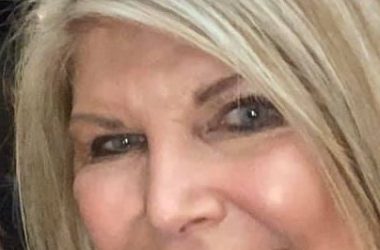I started practicing law in Hancock County close to fifty years ago. Alright, forty-seven years ago in 1974, to be exact. Most of the time, in that first year or two, I never travelled further from my Weirton office than the Courthouses in New Cumberland and Wellsburg in West Virginia or Steubenville in Ohio, to do my job. I was fortunate to have been hired by two outstanding attorneys, Martin S. Bogarad and David L. Robertson, as their associate. I say fortunate because when one graduates from law school and passes a bar exam they are entitled to begin practicing law and representing people who have all sorts of problems, like facing jail time for a crime, going through a divorce or custody battle, having a fight to receive worker’s compensation benefits, or recompense for personal injury. I think one gets the picture. Law school trains you to get a license and when you pass the state test you are set forth on an unsuspecting public to make your living. This is very different from medicine where once one begins their studies they must pass at least two national exams to be licensed by a state to practice and then it is customary for recent graduates of medical school, upon being licensed to serve at least a three year residency, which is a supervised practice, in some specialty before being let loose totally on their own. In short, law school might teach you what you need to do to begin to help a client, but back then it didn’t provide much guidance on how to do it. In my case I could honestly say “Thank God for Marty and Dave.” They guided me on the HOW part. But still that didn’t teach you how to deal with people or your community. To the extent that I learned to do that, it was done largely on my own. It starts with learning about your community.
On one of my first trips up North as we used to say, I had to go to Chester to interview a witness in a matter. I was suitably impressed at the time. My thoughts were “what a great little town.” I saw it in much the way I saw Wellsburg. Cleaner than Weirton and Follansbee. To me cleaner meant nicer. However, on the way up and back I passed an interesting building that looked like a cross between a Castle and a Church. Of Course, I asked one of my mentors what it was and they said “Nessly Chapel.” They merely described it as an old church. Then I wasn’t much aware of the distinction between the Northern and Southern parts of the County. That came later.
In the brief time that I have been writing this column, I have frequently come across the name of Jacob Nessly. I have been meaning to learn more about him. I have found that the few sources available all tell the same story. He was born in Lancaster County Pennsylvania on June 2, 1753, and died November 3, 1832 in Port Homer, Ohio. He married Elizabeth Groff in 1772. He was a Revolutionary War veteran, He became a land owner here in 1784. “He prospered as a farmer and distiller. He settled on a small farm, which would become an 8,000 acre plantation, stretching five miles along the Ohio River.” In the early part of his occupancy Nessly built a home and also a Blockhouse which was two stories tall, the upper story had an eighteen inch overhang so that attackers could not scale it and reach the roof. He later established a gristmill and a blacksmith shop as well as a small non-denominational congregation.
In 1826 he built Nessly Chapel which was once called ‘the Old Stone Church’ as it was made of native stone. “Nessly chapel occupies a unique niche in the religious history of Hancock County. The Chapel was built for general worship services and was non-denominational. The first communion cups were made with coin silver” that Jacob (or his wife) had melted down by a silver smith. “After the death of his wife, Elizabeth, Jacob moved to Ohio in 1829 leaving the farm in the hands of Jacob DeSellem, his Grandson. Jessie Sisson, a hired hand and zealous reformer of the Methodist Church, persuaded DeSellem to deed the Old Stone Church to the Methodist Protestant group.”
The story gets more interesting, “Signing of the deed was required to take place in the home state of the church. A deed was drawn up, and Sisson and Richard Brown, a Virginia justice of the peace, traveled to Ohio to obtain the required signature of Jacob Nessly. The two men helped Nessly into a wooden farm sled and drove to the middle of the Ohio River (it must have been winter), which was under Va. jurisdiction. With a stroke of a pen aboard the sled, Jacob Nessly, farmer, nurseryman, fruit grower, and distiller, brought into being the first Methodist Protestant Church in the World.” Much of the foregoing comes from general genealogical sources and newspaper accounts found on the internet, as well as Michael Edward Nogay’s excellent book: “Every Home a Fort, Every Man a Warrior.
Both Jacob Herr Nessly and his wife are buried at the Chapel’s cemetery. They had eight children. One of whom, Lucy married a Reverend De Selem.
